Follow us
“Glass Houses”: Billy Joel’s (Mostly) Rockin’ 80s Album
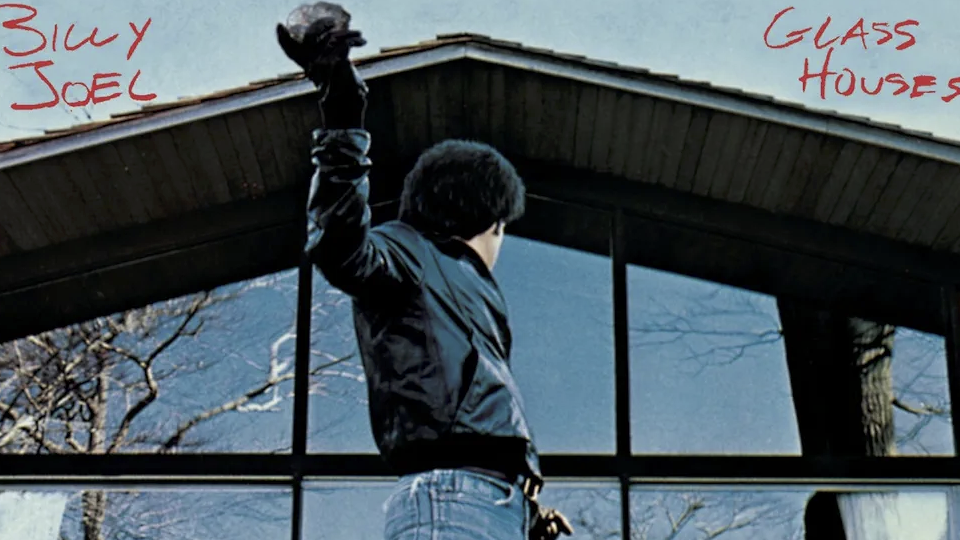
Billy Joel may have opted out of writing new music in recent years, but luckily we can still avail ourselves of the abundant backlog of music that he’s already created.
One worthy album choice would be 1980’s Glass Houses. It’s a somewhat underappreciated LP that serves up the Billy persona in the proverbial nutshell: the good-hearted, bad-ass Long Island boy who wears his heart on his sleeve while telling revelatory tales on the human condition. He infused some punk & New Wave musical elements of the era, making his seventh (out of 13) studio album rock a little harder than his previous poppier output. Glass Houses is not a flawless album, but it is a rich, innovative production with a lot to love about it.
The cover art features Billy in the foreground, poised to fire a stone at his (actual) glass home, clad in a leather jacket, light-washed jeans & low-heeled boots. The theme of “people who live in glass houses should not throw stones” is borne out in the ten soul-baring tracks.
Glass Houses begins with the sound of shattered glass, segueing into the uptempo “You May Be Right,” a tuneful rocker about a man trying to get a woman to accept his craziness. A rather absurd notion, but the lyrics “You may be right/I may be crazy/but it just may be a lunatic you’re looking for” infuse the narrator with a ballsy likeability.
The next song, “Sometimes a Fantasy,” is an ode to old-school phone sex, which opens with the vintage sound of landline buttons being pressed. The lyrics are a combo of saucy and a little pathetic, a fun rock tune with a fragile sensibility.
“Don’t Ask Me Why” brings gorgeous harmonies and clever instrumentation in this track about a high society woman being unable to completely hide her rough edges and upbringing. A definite Paul McCartney influence is in evidence here.
Next up is “It’s Still Rock and Roll to Me,” the album’s biggest hit single, topping the Billboard charts for a couple of weeks. It’s a satirical screed about the pointlessness of shifting musical and sartorial styles (“hot funk, cool punk, even if it’s old junk, it’s still rock and roll to me”). This quirky track features compelling percussion, wailing sax, and a little ineffable kink. It is still heard on Classic Rock stations to this day.
Side One wraps up with “All For Leyna,” a bouncy rock number with the dark story of a young man destroyed by a woman with whom he had a one-night stand. There’s a bleak honesty in the lyrics that contrasts poignantly with its upbeat music.
Side Two’s opener, “I Don’t Want to Be Alone” is an ear-pleasing confection about two exes reconciling at New York’s romantic Plaza Hotel – but, sadly, more out of neediness and loneliness than true desire.
“Sleeping With the Television On” is a standout track. Here’s Billy’s own take (during a 2016 SiriusXM radio interview): “It’s about a guy who’s putting a girl down, but he’s putting her down because he knows she’s going to reject him if he comes onto her. So it’s sorta like sour grapes.” Sour grapes, perhaps, but a sweet tune that opens with the closing strains of “The Star-Spangled Banner,” which was what played years ago on TV, a time-honored way of signing off. The narrator warns his lady friend against rejecting love & subsequently dooming herself to drift off to the TV alone every night.
The next track is the less successful “C’etait Toi (You Were the One),” a pretty but doleful tune about a man sitting in a European bar contemplating his lost love. Joel himself is not a fan; he said he regretted using French lyrics when he had no grasp of the language, giving the song a somewhat bogus vibe. This may be so, but it remains a sweet ballad with the relatable theme of romantic loss.
The hardest-rocking track, “Close to the Borderline,” is one of those undersung gems that deserves a resurgence. It vividly conjures up the gritty, angst vibe of urban life during the late ’70s while bringing some fabulous bluesy vocals and a driving beat.
Glass Houses closes out with the tenderest of ballads, “Through the Long Night.” It’s a mystical tune evoking the unconditional love that occurs when we watch over and care for someone experiencing psychic pain. It’s a warm lullaby of a song and an elegant concluding track.
Glass Houses may not be for everyone, but it is an open-hearted sweep of an album that showcases Billy Joel’s wide range and well-earned chops. It was a bit adventurous for the time and holds up beautifully today. The Long Island maestro delivers!
-Ellen Fagan
Fair use image of Glass Houses







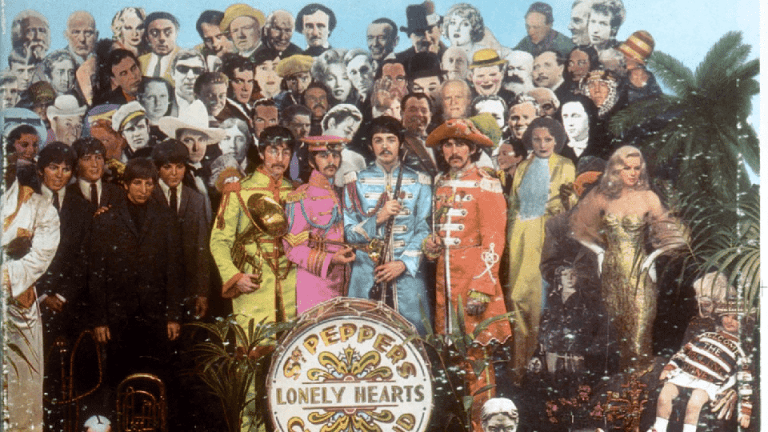
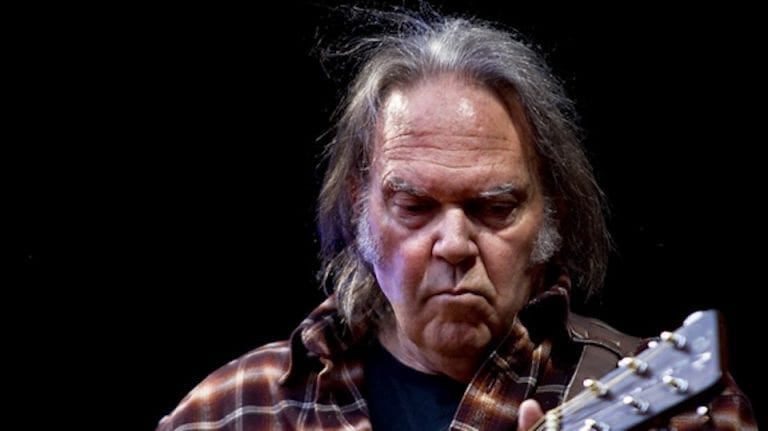



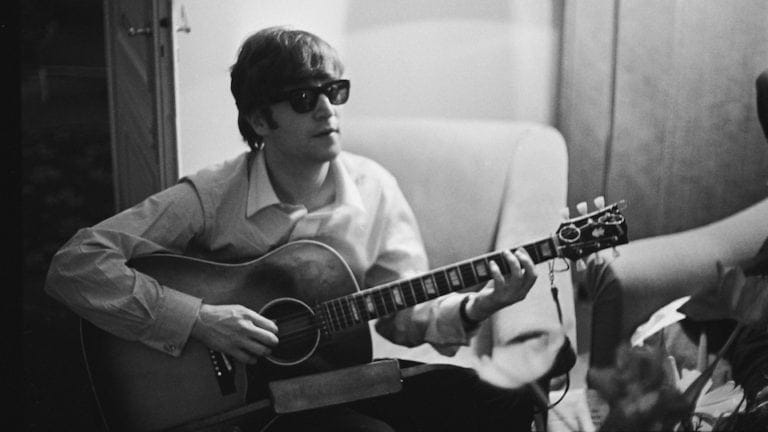



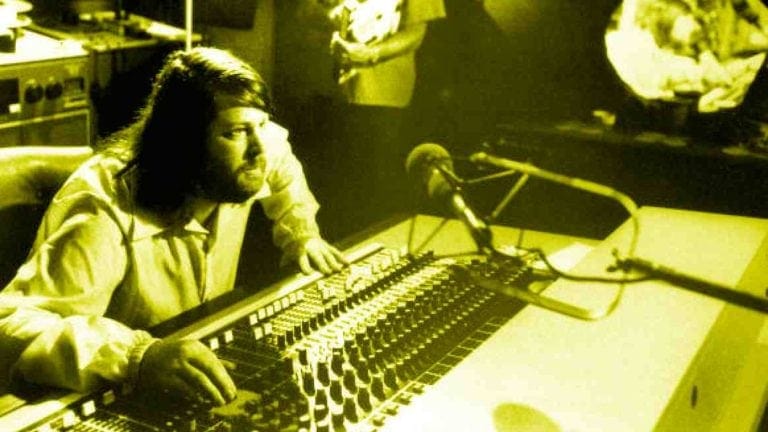
You may be right, Ellen! Perhaps the album is not a masterpiece, but it has some great tracks, and very much the essence of Billy Joel. Well done!
Thanks a million, Laura – I see what you did there! 🙂 It has a kind of visceral New York appeal, I agree. It always spoke to me.
Geez, Side One is effectively a Greatest Hits, yeah?
Really fun piece, Ellen.
Thanks! Lots of emotional resonance for me as well, as it was the musical backdrop of some angst-y teen times. 🙂
Yep I remember that house in Oyster Bay Cove that Billy lived in, those were the days when we all including BJ hungout in those local Oyster Bay bars..who knew, lol
Sounds like vibe-y days indeed!! That’s excellent.
I love this album. Close to the Borderline is one of my all-time favorite Billy songs and totally overlooked.